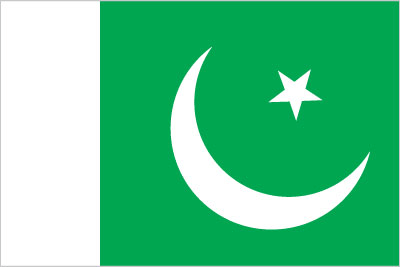
Decades of internal political disputes and low levels of foreign investment have led to slow growth and underdevelopment in Pakistan. Agriculture accounts for more than one-fifth of output and two-fifths of employment. Textiles account for most of Pakistan's export earnings, and Pakistan's failure to expand a viable export base for other manufactures has left the country vulnerable to shifts in world demand. Official unemployment was 6.6% in 2013, but this fails to capture the true picture, because much of the economy is informal and underemployment remains high. Over the past few years, low growth and high inflation, led by a spurt in food prices, have increased the amount of poverty. As a result of political and economic instability, the Pakistani rupee has depreciated more than 40% since 2007. The government agreed to an International Monetary Fund Standby Arrangement in November 2008 in response to a balance of payments crisis. Although the economy has stabilized since the crisis, it has failed to recover. Foreign investment has not returned, due to investor concerns related to governance, energy, security, and a slow-down in the global economy. Remittances from overseas workers, averaging about $1 billion a month since March 2011, remain a bright spot for Pakistan. However, after a small current account surplus in fiscal year 2011 (July 2010/June 2011), Pakistan's current account turned to deficit in the following two years, spurred by higher prices for imported oil and lower prices for exported cotton. Pakistan remains stuck in a low-income, low-growth trap, with growth averaging about 3.5% per year from 2008 to 2013. Pakistan must address long standing issues related to government revenues and energy production in order to spur the amount of economic growth that will be necessary to employ its growing and rapidly urbanizing population, more than half of which is under 22. Other long term challenges include expanding investment in education and healthcare, adapting to the effects of climate change and natural disasters, and reducing dependence on foreign donors.
$574.1 billion (2013 est.)
country comparison to the world: 27
$554.2 billion (2012 est.)
$531 billion (2011 est.)
3.6% (2013 est.)
country comparison to the world: 88
4.4% (2012 est.)
3.7% (2011 est.)
$3,100 (2013 est.)
country comparison to the world: 177
$3,100 (2012 est.)
$3,000 (2011 est.)
agriculture: 25.3%
industry: 21.6%
services: 53.1% (2013 est.)
22.3% (FY05/06 est.)
7.7% (2013 est.)
country comparison to the world: 194
9.7% (2012 est.)
59.21 million
country comparison to the world: 10
note: extensive export of labor, mostly to the Middle East, and use of child labor (2012 est.)
agriculture: 45.1%
industry: 20.7%
services: 34.2% (2010 est.)
6.6% (2013 est.)
country comparison to the world: 68 6% (2012 est.)
note: substantial underemployment exists
textiles and apparel, food processing, pharmaceuticals, construction materials, paper products, fertilizer, shrimp
3.5% (2013 est.)
country comparison to the world: 86